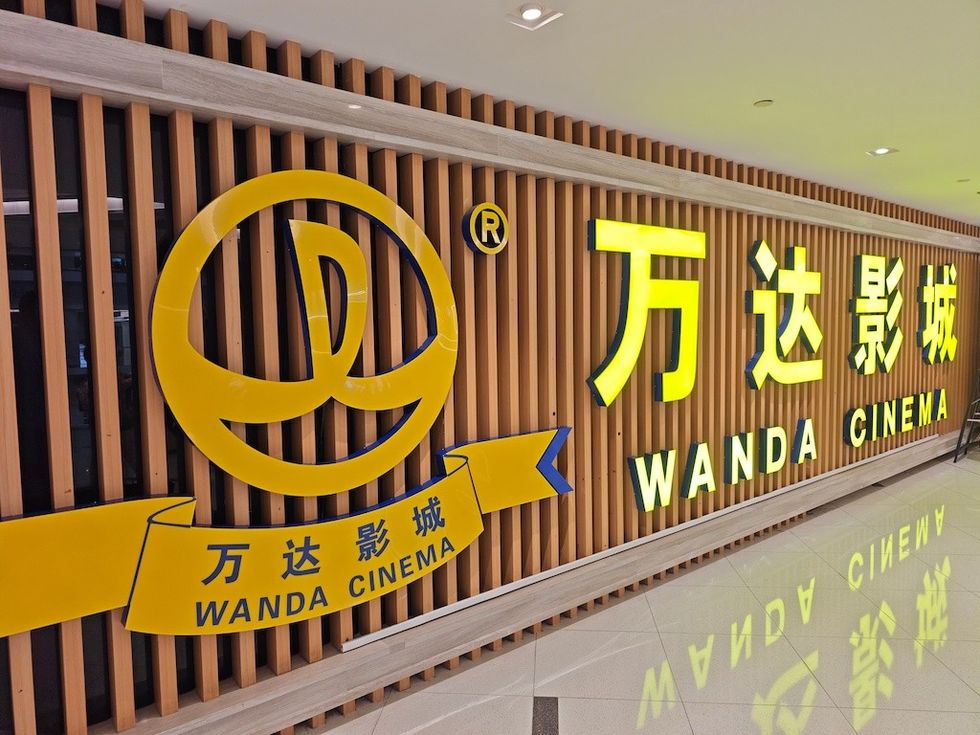by Andrew Potter, AJP Consultants
As the London Eye celebrates 25 years of operation, it is a good time to reflect on the project's achievements and to offer some insights as to why its success has been so hard to replicate around the world.
The wheel was developed under a joint venture agreement between the designers (Marks Barfield Architects), British Airways and the Tussauds Group (now Merlin Entertainments, who own the wheel outright), with whom I worked as the general manager and attraction project lead.
The London Eye - a unique design
Before considering what made the London Eye so successful, it is worth re-examining why the wheel is a world first. At a basic level, it was the largest wheel in the world at 135 metres. However, there were a few other elements that moved the attraction on from the hitherto standard Ferris Wheel design. This was first developed in 1893 for the World's Columbian Exposition in Chicago by George Washington Gale Ferris Jr.
Firstly, the cabins (or capsules as they were called on the London Eye) were externally mounted on the wheel rim. This means the structure never interferes with the passengers' view as it rotates. It was this that enabled the London Eye to define a new genre of wheel we called an observation wheel.
To achieve this, the egg-shaped capsules are supported inside two rings. They rotate in the opposite direction of the wheel to maintain a level floor for the passengers. The level floor is controlled by onboard computers linked to the ground control system using an early wireless network system – something we take for granted 25 years on!
Another unique feature was how the wheel was supported. It literally hangs over the River Thames, supported from one side by cables. This is something that, even now, is unconventional. The wheel rim was supported with tensioned cables rather than the typical steel structures used until then. These two aspects add significantly to the aesthetic intrigue and appeal of the wheel.
Finally, the wheel continually rotates and loads passengers whilst moving; again, very novel at the time. The above design features led to some unique engineering and operational challenges.
Early challenges
British Airways was keen to open the London Eye for Millennium Eve. However, due to the funding and development timeline, the wheel needed to be built in around 15 months or less.
It was a timetable that any other observation wheel is unlikely to have ever achieved. This impossible timetable also had knock-on consequences for the operation. There was virtually no training and set-up time, or soft opening period (as would be the recommended practice).
Apart from the time pressure, there were some other specific challenges.
A big concern was the ambition to have continuous boarding. Fortunately, the quality of the structure’s construction meant that the wheel was both perfectly circular and did not wobble, so the gap from the platform to the capsules was fairly constant as the wheel rotated. This meant boarding gap variation was reasonable at all times for passengers.
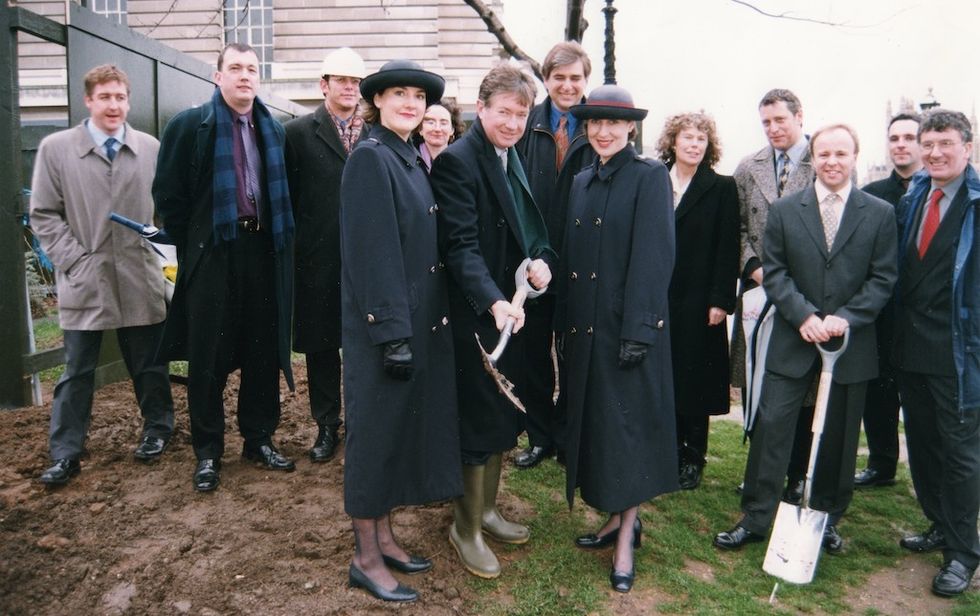
Demand was expected to be high, and from the outset, timeslot bookings were implemented. Again, it was new for the period and was a challenge 25 years ago when online ticketing was not really a thing. Nor were the public overly familiar with booking attraction entry times.
Recognising the link with British Airways and the public’s knowledge about boarding times for flying, a system of flight and boarding times was adopted to help visitors understand the process. Nowadays, booking a time in advance is more the norm and enhanced by online technology we now take for granted.
See also: The world’s 21 best observation experiences
Teething troubles at the London Eye
With demand far outstripping capacity by a factor of three, we also saw ticket touts selling tickets at three times face value. Of course, we also saw many frustrated customers, as the early operation had some teething troubles and not just with ticketing!
Before the Eye opened, we knew that an airline's view of customer service was very different from that used at attractions. The ticket price per customer of an airline enables them to deliver added service, compared to attractions, where ticket prices are relatively much lower. This put pressure on the operator to create a customer experience not dissimilar to air travel but without the budget.
With many areas in a half-finished state, ticket purchase systems overwhelmed and the queuing areas resembling a half-finished construction site, there was potential for the London Eye to have a disastrous reputation from the off.
Recognising this was important, an airline-style customer service department was set up to deal with complaint escalations and issues. Again, this was not something one would typically see at an attraction.
Upon opening, the ground-to-capsule safety intercom system, whilst installed, was not reliable. This was due to the ground-breaking wireless network experiencing teething troubles.
Without ground to cabin safety intercoms, the wheel could not operate. This meant having a staff member in each capsule with a radio and taking on around 200 temporary staff to cover the long hours of operation. Typically, these “temps” were students from places such as Australia, South Africa and so on.
Going the extra mile
As they were confined to the capsules with a radio going round and round, they developed their own brand of entertainment and interacted with the guests on board to pass the time. This quickly morphed into a superb onboard experience. Guests had an unexpected, entertaining hosted experience and promptly forgot all the hassles of buying the tickets and queuing.
In hindsight, this over-delivery on expectations and high-level added service enabled the London Eye to establish a fantastic reputation, further enhancing demand instead of having pages of negative reviews, whilst teething problems were sorted out!
Hindsight is a wonderful thing. But some takeouts from the above examples demonstrates that having a plan for over demand is essential and that if the attraction is still “bedding in”, having a plan go the extra mile and deliver the experience despite the cost can establish the reputation for the future, enabling the cost to be recovered many times over.
What makes the London Eye the most successful observation wheel?
Since opening the London Eye in 2000, other giant, cable-based observation wheels with externally mounted glass cabins have been launched worldwide. For example, Las Vegas, Singapore, Dubai and Melbourne. However, the London Eye remains the most successful observation wheel despite being overtaken in height.
Other wheels have been unable to replicate this success; clearly, height alone is not the key success factor. There is probably no “one” factor which guarantees success.
So why has the London Eye been such a standout performer that it has attracted nearly 90 million visitors over the last 25 years, averaging around 3.5 million visits annually?
Location
Perfectly positioned in the heart of London, the Eye takes full advantage of the London’s relatively low-rise skyline (compared to other places) to deliver sweeping, unobstructed views across many of London’s well known landmarks such as St Pauls, Trafalgar Square, Downing Street and over to Tower Bridge and the City of London.
These vistas not only impress but also help guests get their bearings. It offers a unique and memorable way to orient themselves as they explore the capital.
Before the Eye opened, people used to walk halfway across Westminster Bridge, take a picture of Big Ben, then turn around and head back over the river. The Eye was the catalyst in the redevelopment of the South Bank.
The Eye has changed the flow of tourists in London, and the South Bank has become one of the most popular areas to visit. It is now home to such cultural attractions as the Tate Modern and the Southbank Centre. It is also a hub for arts, music, and theatre.
Audience
Beyond its striking and innovative design, the real engine behind the London Eye’s success is its audience. Most riders are tourists and first-time visitors, drawn from London’s thriving domestic day-trip and overnight tourist market and its impressive 21 million annual international arrivals.
This constant influx of new visitors ensures the high footfall needed to keep such a large-capacity attraction working. After all, observation wheels are expensive to build and operate. Only a city with a very large tourist market can sustain a giant wheel at this scale and cost.
It is worth mentioning that in other locations with giant wheels, such as Singapore and Melbourne, the market is much smaller, so demand levels are lower. In Las Vegas, people are drawn by the gaming and shows, and the view from the wheel is not comparable.
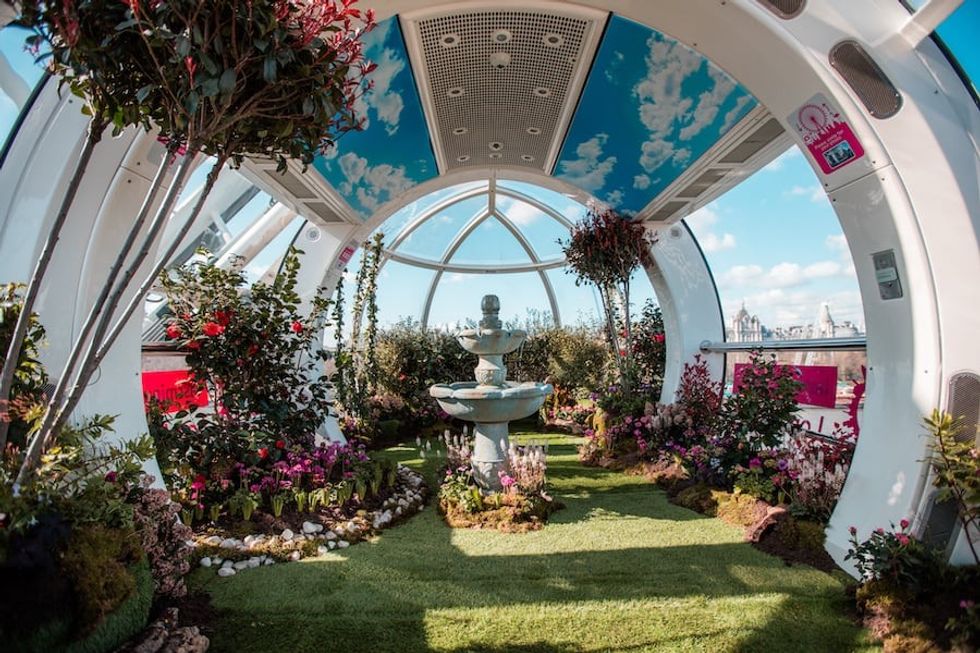
Whilst most visitors may be first-timers, attendance is boosted by the presence of repeat visitors. The experience delivers a changing panoramic view, unlike a static experience. It also varies both from day to day and from night to day. For example, sunsets can be spectacular (it faces west), and you hardly notice Picadilly Circus in the day, but can’t miss it at night.
The resilience of the annual visitor numbers is not only a result of the size of the inbound tourist market but also partly due to the repeatability of the experience and the now well-established area of the South Bank that is now as big a pull for tourists as is Covent Garden.
Enduring appeal
When the attraction opened, there were few other observation experiences in London, so demand was very high. Now there are many alternatives, including the observation deck in the unique and prominent Shard building. Despite this competition, the Eye still attracts many visitors compared to other observation experiences; why?
An established “must-do” for any visitor to London, the Eye has become an emblematic part of the London skyline and an icon. According to YouGov, the London Eye has a 100% fame rating and a 63% popularity rating among the UK public. Only 5% expressed a negative opinion.
Iconic buildings become landmarks that define cities and nations, evoking a sense of place, identity, and achievement. At the beginning, it was just a concept, and iconic status was something we only speculated upon. Any new building, structure, or space has to earn its status as iconic; it is not possible to manufacture.
A London icon
The London Eye’s status as an internationally recognised and iconic landmark is underpinned by several key factors. Architecturally, its distinctive and innovative design, appearing to float on the edge of the Thames, has contributed significantly to its enduring appeal and unique place within the urban landscape.
Its cultural visibility is also considerable. Situated adjacent to the Houses of Parliament, the Eye has been prominently featured in global media, including film and television franchises such as James Bond, Harry Potter, and Doctor Who. This high visibility has helped position it as both a cultural and geographic anchor for the South Bank.
Symbolically, the London Eye has come to represent contemporary London. It is widely used in promotional imagery, events such as New Year’s Eve celebrations, and across merchandise and transport branding. From its inception, public perception has been overwhelmingly positive, establishing it as a much-loved fixture of the city’s identity.
Launched initially with only five years’ planning consent, the attraction has since undergone significant upgrades, including capsule and cable refurbishments. It now holds an extended 25-year permission. Its long-term sustainability in infrastructure and appeal reinforces its standing as one of the capital’s most enduring visitor attractions.
So why has no other wheel been as successful? In short, the Eye is a fantastic piece of innovative design. It has become an icon of London, just as the Eiffel Tower is for Paris. Not only has it caught the public’s imagination, but it is also located in one of the strongest tourist markets in the world and provides fantastic views of one of the world’s great cities.
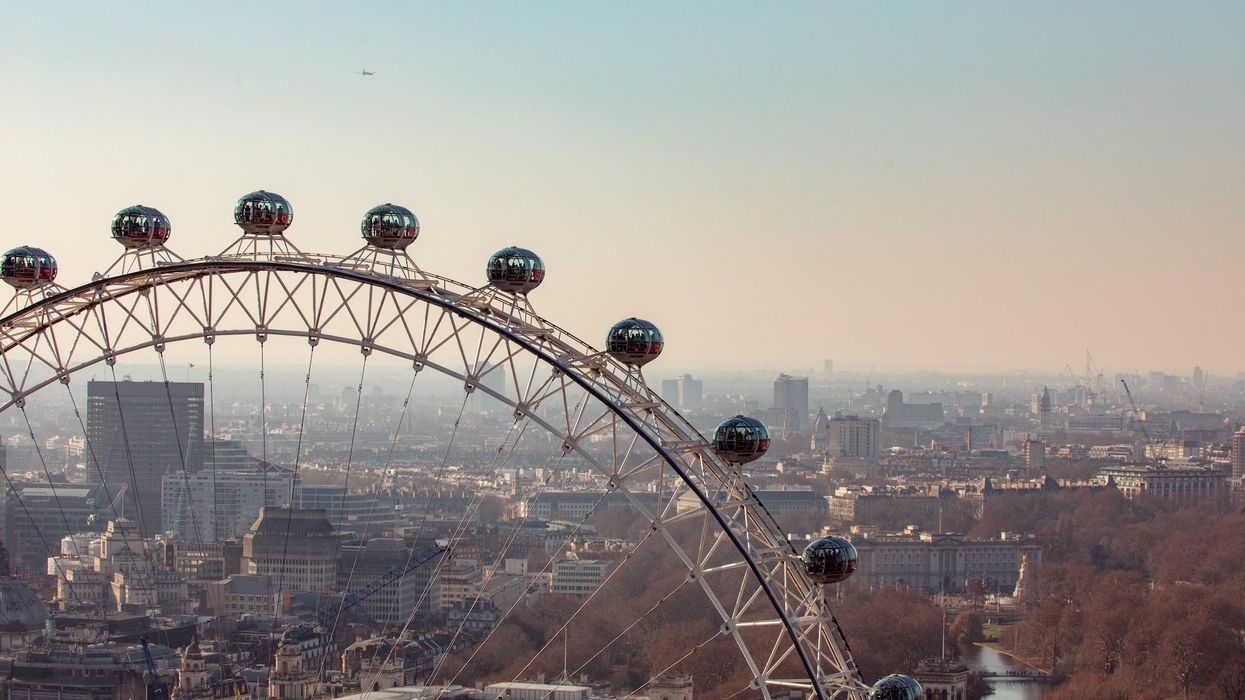

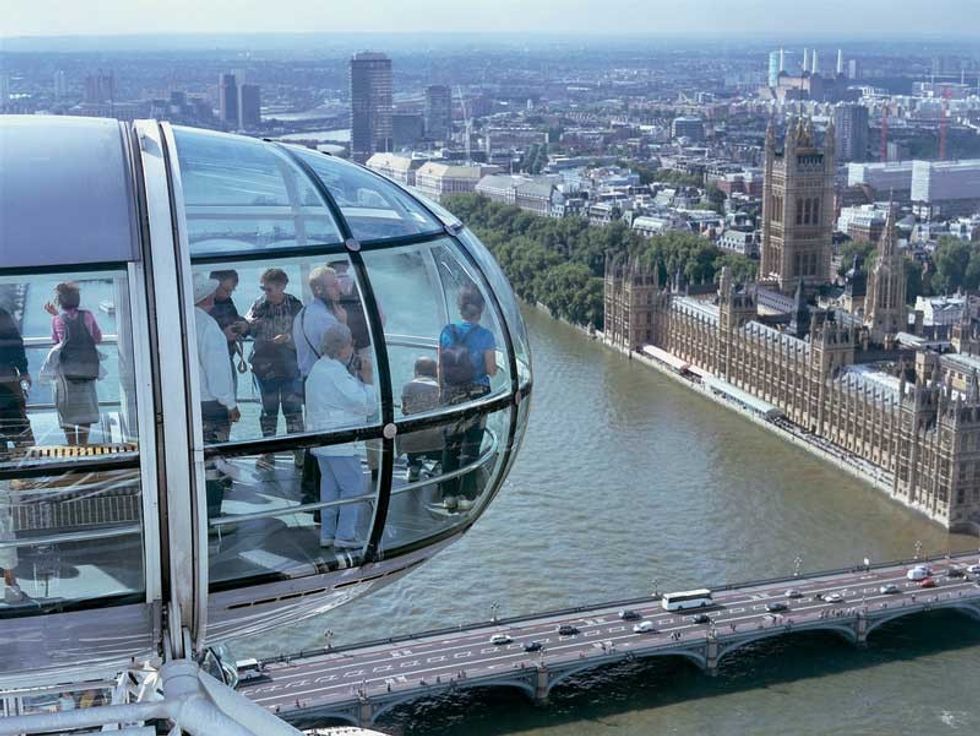
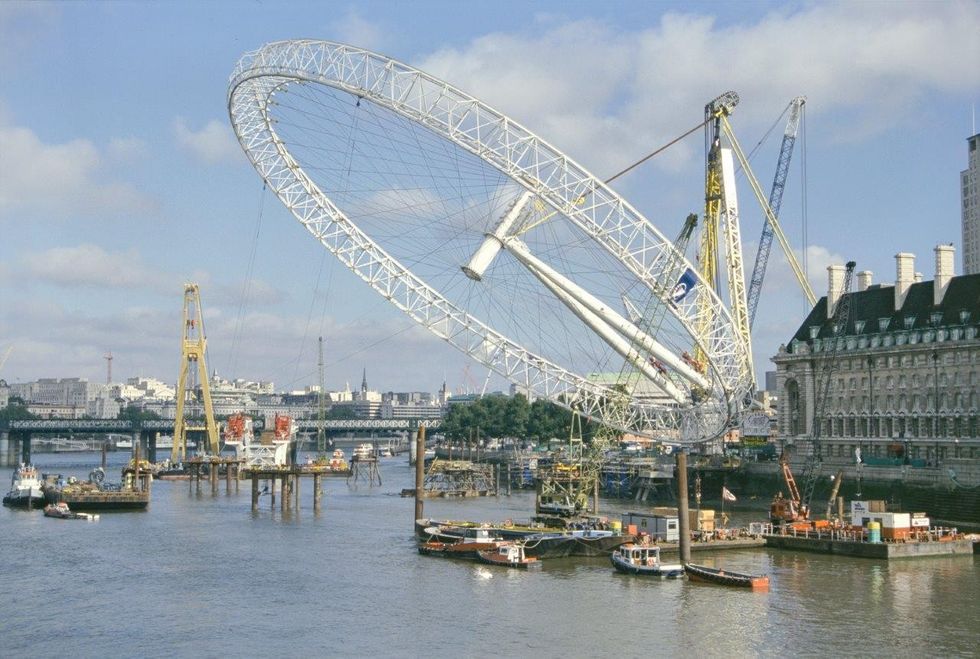
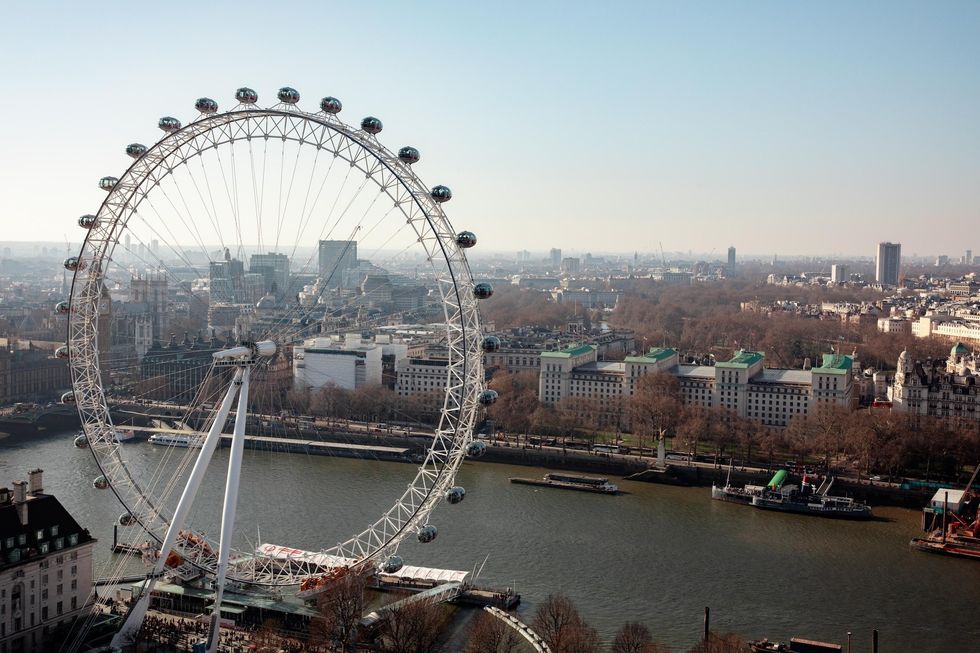
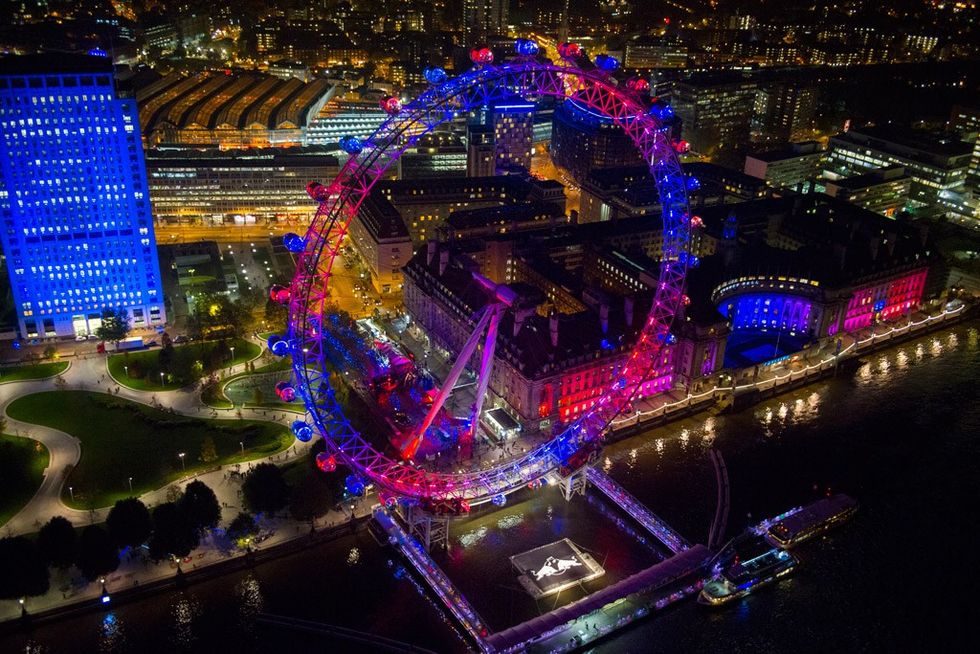
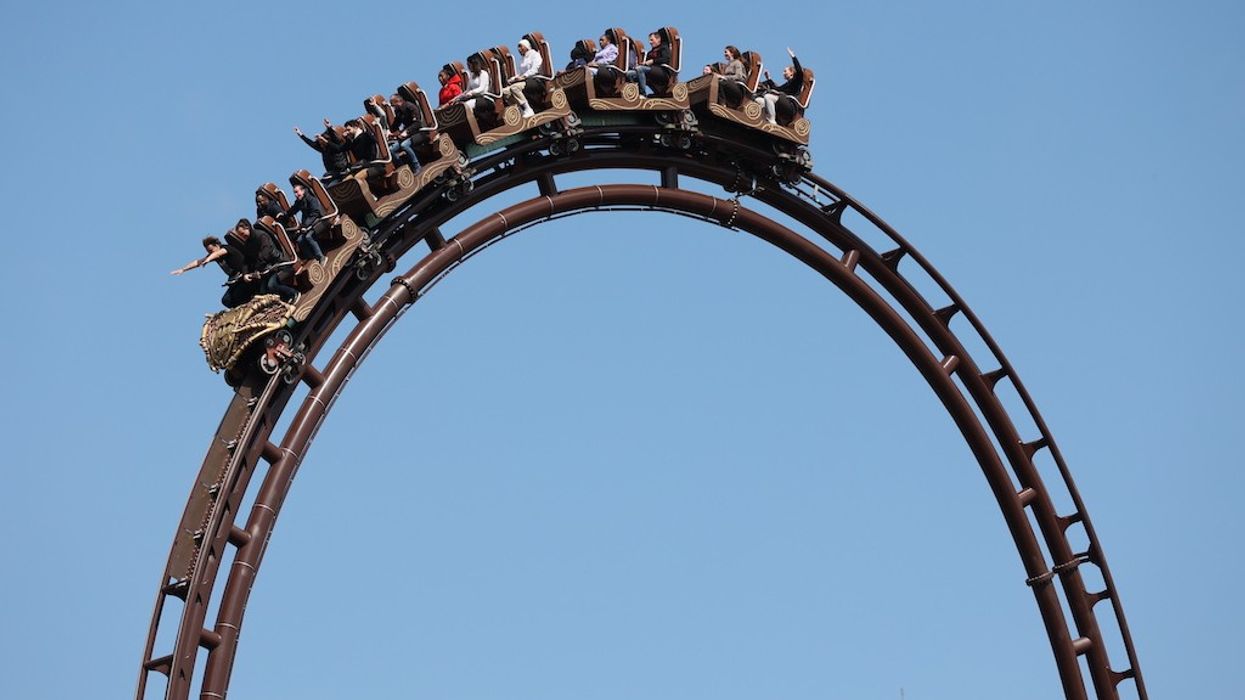








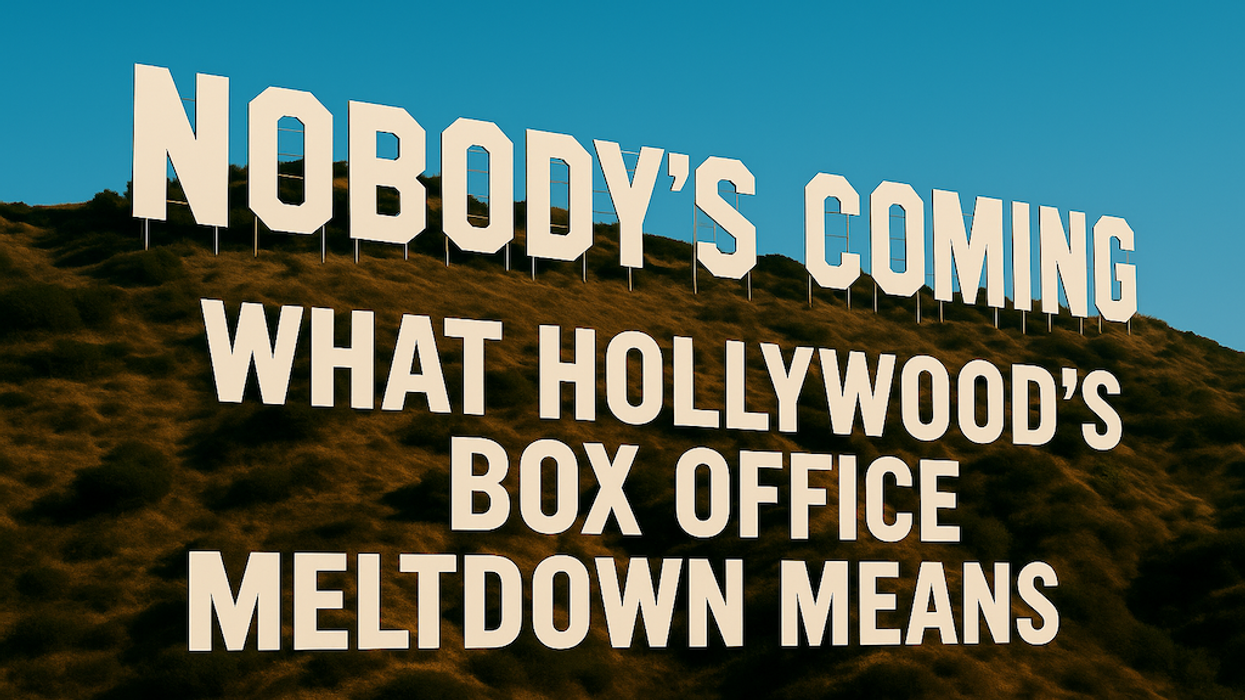





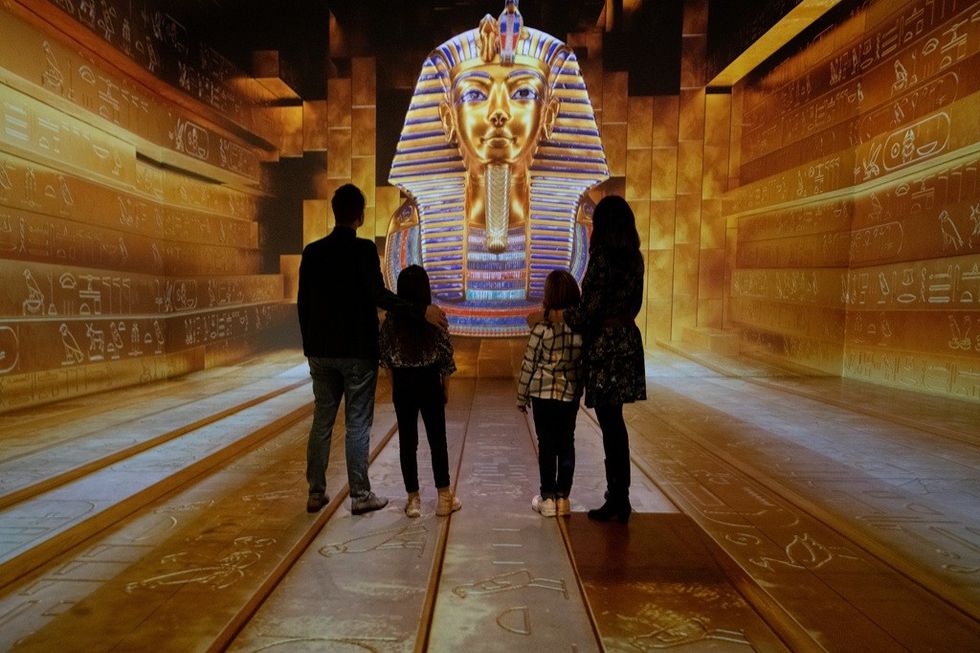 Tutankhamun: The Immersive Exhibition
Tutankhamun: The Immersive Exhibition 
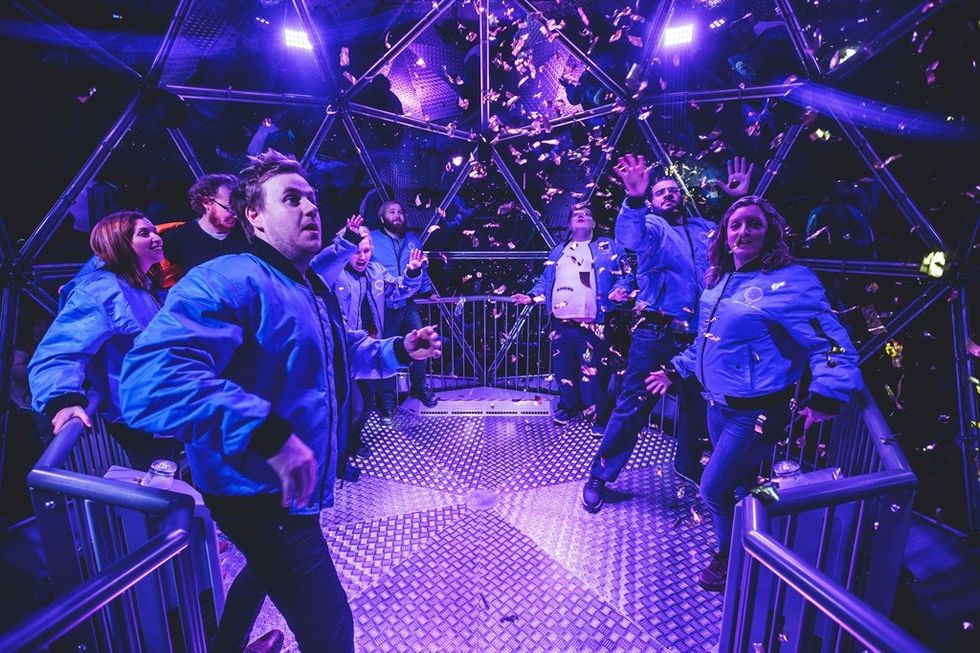 Crystal Maze: The Live Experience
Crystal Maze: The Live Experience  ABBA Voyage Johan Persson
ABBA Voyage Johan Persson  Meow Wolf's The Real Unreal
Meow Wolf's The Real Unreal 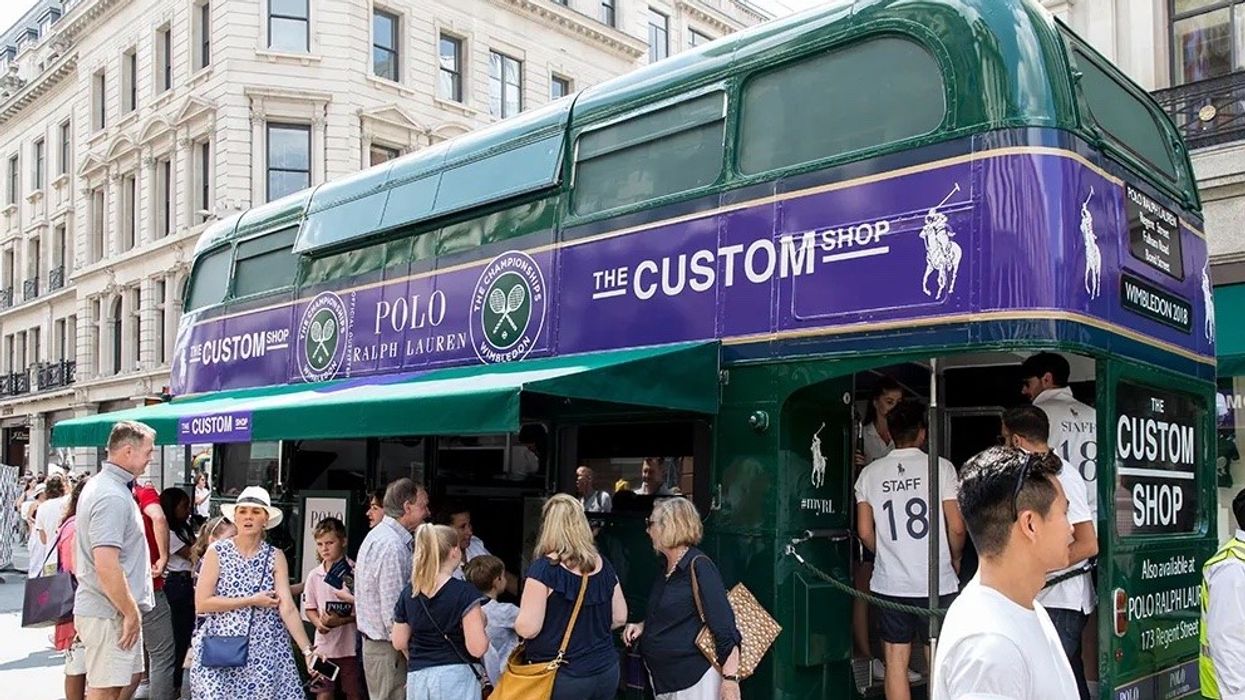
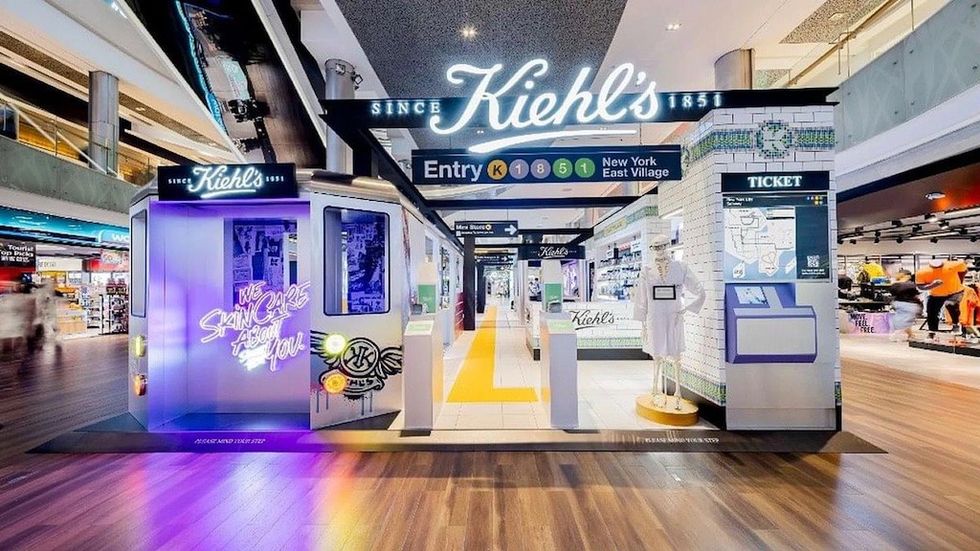 A fully customisable ‘Have-it-your-way’ NYC Subway-style pop-up experience where visitors step into Kiehl’s world through personalised touchpoints, photo moments and interactive brand storytelling
A fully customisable ‘Have-it-your-way’ NYC Subway-style pop-up experience where visitors step into Kiehl’s world through personalised touchpoints, photo moments and interactive brand storytelling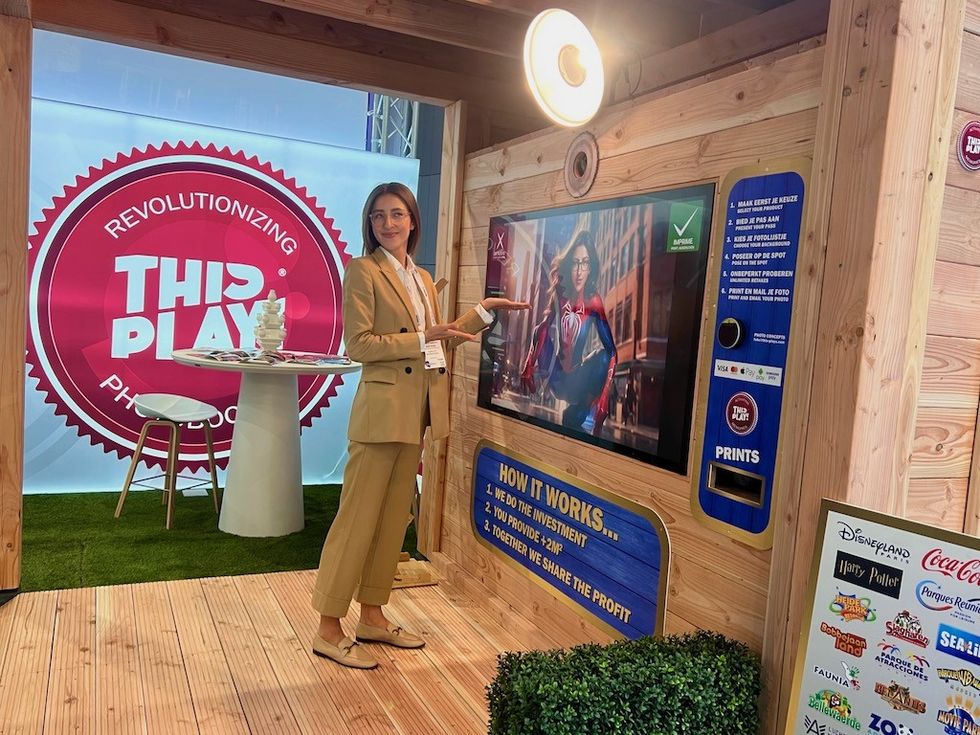 Become a superhero and print your own HeroCard (driving-license style) instantlySource: ThisPlays International
Become a superhero and print your own HeroCard (driving-license style) instantlySource: ThisPlays International

